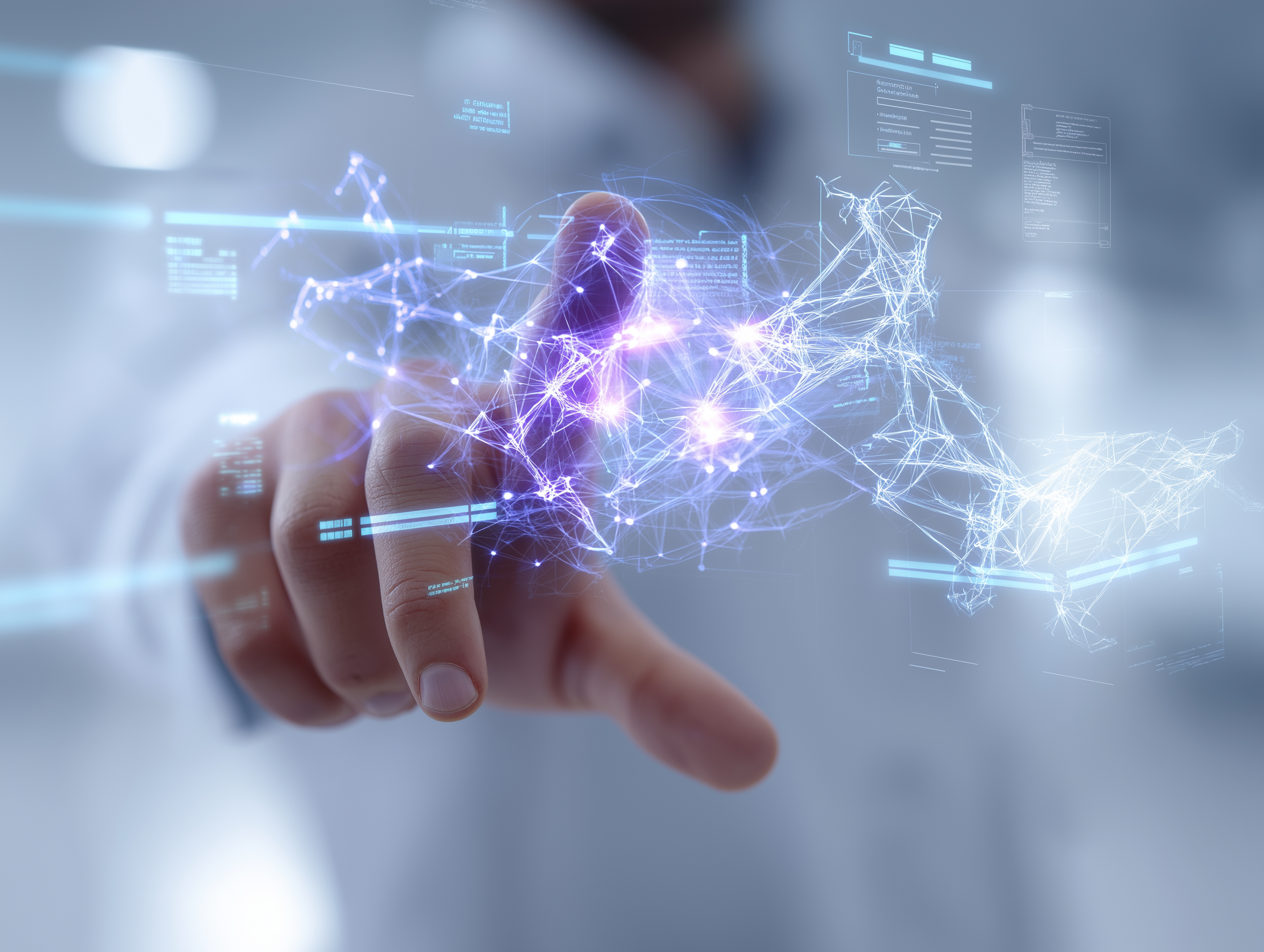As a B2B marketer, you should know how your target buyer navigates the purchase journey. This journey has undergone a paradigm shift in recent times.
Gone are the days when sales teams cold-called, met and educated business executives about their offerings and drove sales. With the ubiquitous availability of information and easy access over the internet, buyers are in much greater control of the B2B buying journey.
Evolution of B2B buyer journey
The B2B buyer journey has evolved into a more digital, self-driven process. The buyers now complete a large part of the buying process even before interacting with sales teams for the first time.
- It is becoming more buyer-driven.
According to Gartner Research, buyers spend only 17% of the time meeting sales teams while making a purchase decision. The buyers spend most of their time researching solutions on their own. At the same time, B2B buyers expect every interaction with sales teams to be personalized to their requirements and in real-time. Informed buyers, empowered with much more information than earlier, are driving these interactions.
- It is going digital.
COVID-19 has bolstered a trend that was already taking shape. According to McKinsey Research, there is an average jump of 2x in B2B customers preferring digital interactions over traditional ones. Among these, live online chat is the channel of choice for researching suppliers and products. And in cases of renewals or repeat purchases, most B2B buyers prefer a digital route.
Complexity of the new B2B buyer journey
The modern B2B purchase process is a complex and long-drawn one. While one of the reasons for this is that the deal sizes are big, the introduction of new factors is increasing the complexity.
- It is a group decision.
Individuals do not make B2B purchases. The buyer group or buying committee typically consists of 5 to 15 executives. These executives bring their respective due diligence, perspectives and requirements to the decision-making process. According to Forrester Research, 60% of B2B purchases involve more than four people.
- It is a non-linear process.
While the modern B2B buyer journey does consist of specific stages, buyers do not necessarily complete these in a specific order. To illustrate, you can divide the B2B journey into stages as follows,
- Identifying a pain point
- Building stakeholder buy-in
- Comparing solutions/ products
- Selecting suppliers
- Making a purchase
In the modern context, the B2B buyer group might be attending product demos while at the same time working internally to approve the budgets for the purchase. One of the key personas in a buyer committee may be conducting independent online research. Another may be interacting with industry analysts to gather data simultaneously.
Your sales team cannot predict where the buyer will be in the B2B buyer journey in a linear fashion. Instead, you can visualize the modern B2B buying journey as a set of tasks that buyers complete simultaneously as part of their purchase decision process. With this perspective, you can better prepare to align your sales and marketing strategy with the B2B buying process.
How to make the buying process simpler for buyers?
77% of B2B buyers feel that their purchase process is highly complex. Your sales and marketing teams need to work together to ease and quicken this process for the buyer. It requires orchestrating a strategy that is buyer-first instead of product-first. How?
- Provide relevant content
Content marketing is critical for B2B demand generation and demand capture. While targeted ads over mass media and online media can generate demand, it is crucial to follow up with search engine optimization, email marketing, and remarketing campaigns to capture this demand effectively. You need to provide personalized content for each persona of the buyer group and at each stage of the B2B buying journey to enable the buyer to make informed decisions.
- Provide omnichannel sales support
For the B2B buying process, customers are employing an even mix of
- Traditional Interactions – In-person sales team presentations, executive conferences
- Remote Interactions – Phone and video calling discussions
- Self-service Interactions – Browsing websites, chat support
The channel preferences may change depending on the deal size and complexity. The key is to provide a consistent experience across channels to the buyers and create value at all the touchpoints along the B2B customer journey.
Providing quality content and omnichannel support to the buyer with speed and transparency is not an easy task. It requires accurate mapping of the B2B buyer’s journey for each persona of the buyer group. In the world of looping sales funnels and opaque buyer behaviors, you can leverage AI-based marketing automation tools to generate insights about the buyer’s journey for your sales and marketing teams.



